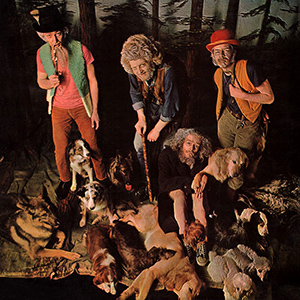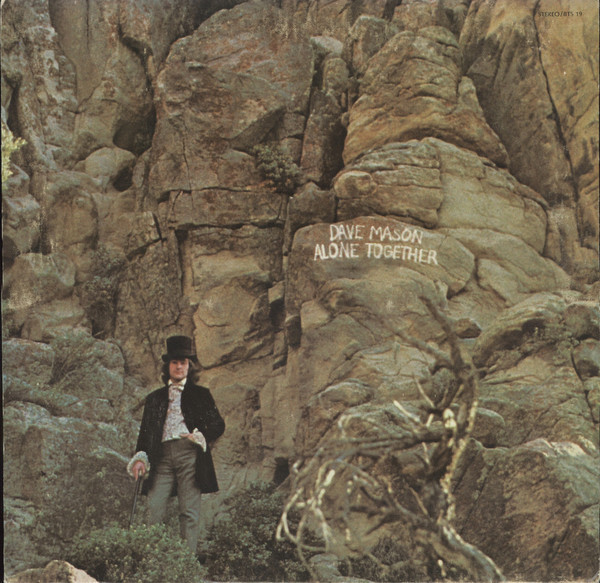From the blistering one-chord “Slunky” jam, most of the songs were co-written with Delaney Bramlett, along the American boogie lines of the blues than the psychedelia of his prior releases. Neither the lyrics nor his voice bring the proper gravitas to “Poor Boy” or “Lonesome And A Long Way From Home”, but the galloping “After Midnight”—the first of several J.J. Cale songs Clapton would cover over the years—is more like it. Built on acoustic guitars and harmonies, “Easy Now” is a welcome change of pace, but the chorus lyrics are a little embarrassing. Despite the somber fake intro, “Blues Power” brings back the boogie to please the crowd.
Side two doesn’t have as much variety; “Bottle Of Red Wine” is mostly shouted with Delaney, and a decent riff falls under the weight of “Lovin’ You Lovin’ Me”. “I Told You For The Last Time” is fairly ordinary, with the writing credited to Delaney and Steve Cropper, and “I Don’t Know Why” doesn’t live up to the potential of its horn chart either. He does save the best for last however, with the sublime “Let It Rain”. (The bass runs, by the way, are not by Carl Radle but Stephen Stills.)
While it has its charms, Eric Clapton shows the auteur still finding his way, not sure if he wants to play the blues or be a crooner. The combo occasionally overpowers him, particularly thanks to the blaring horns of Jim Price and Bobby Keys, and he’d remember the value of the economy in a smaller outfit soon enough. Still, it’s a template for a solo career that is as spotty as it is enduring.
Being who he is, of course, the album gained “classic” status as years went by. The eventual Deluxe Edition expansion included Delaney’s inferior mixes of ten of the album’s songs, along with single cuts by King Curtis and Delaney & Bonnie, as well as session outtakes, including an early version of “Let It Rain” with different lyrics. All of these were included on the further-expanded 50th Anniversary Deluxe Edition, which put each mix by Tom Dowd, Delaney, and an even worse one by Eric himself on its own disc, with the outtakes on its own and bolstered by an additional alternate take. Those who love the album can now hear it three different ways.
Eric Clapton Eric Clapton (1970)—3
2006 Deluxe Edition: same as 1970, plus 17 extra tracks
2021 50th Anniversary Deluxe Edition: same as 2006, plus 12 extra tracks
:format(jpeg):mode_rgb():quality(90)/discogs-images/R-15967003-1601059495-4210.jpeg.jpg)
:format(jpeg):mode_rgb():quality(90)/discogs-images/R-10537684-1499463405-5639.jpeg.jpg)
:format(jpeg):mode_rgb():quality(90)/discogs-images/R-5383797-1392034950-5244.jpeg.jpg)
:format(jpeg):mode_rgb():quality(90)/discogs-images/R-14901595-1583747830-8582.jpeg.jpg)




